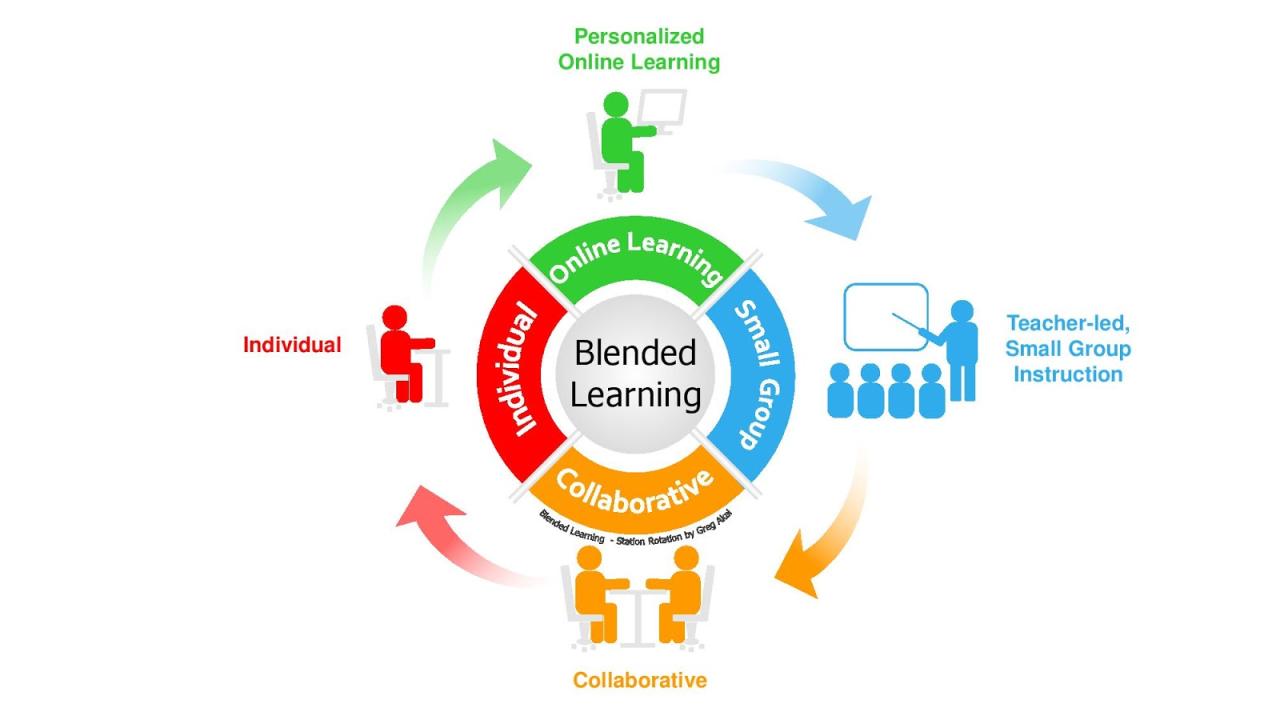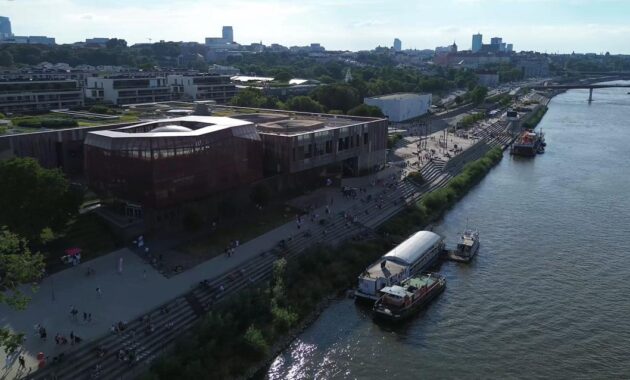Best Apps for Learning World Capitals takes center stage as an essential resource for geography enthusiasts and curious learners alike. In an age where global awareness is paramount, understanding the capitals of the world can enrich our knowledge and cultural appreciation. The proliferation of mobile applications designed to aid in this learning process showcases innovative methods to grasp geographical information effectively, making the pursuit of knowledge both engaging and accessible.
These apps employ interactive tools, quizzes, and gamified learning experiences to transform the sometimes daunting task of memorizing world capitals into a fun and stimulating journey. By integrating modern technology with educational content, they cater to various learning styles, ensuring that users can absorb information at their own pace while enjoying the process.
Climate change is a pressing global issue that affects all aspects of life on Earth. It is defined as significant changes in global temperatures and weather patterns over time. While climate change is a natural phenomenon, human activities have accelerated its impacts through increased greenhouse gas emissions resulting from burning fossil fuels, deforestation, and industrial processes. The consequences of climate change are far-reaching, affecting not only the environment but also health, economies, and social structures.
The Mechanisms of Climate Change
At the heart of climate change lies the greenhouse effect, a natural process that warms the Earth’s surface. When the Sun’s energy reaches the Earth, some of it is reflected back to space and the rest is absorbed, warming the planet. The energy absorbed is then radiated back into the atmosphere as heat. Greenhouse gases (GHGs) such as carbon dioxide (CO2), methane (CH4), and nitrous oxide (N2O) trap some of this heat, preventing it from escaping into space, thus maintaining the Earth’s temperature.
However, human activities have led to unprecedented increases in the concentrations of these gases, thus intensifying the greenhouse effect and causing global temperatures to rise.
Impact on Biodiversity
One of the most significant consequences of climate change is its impact on biodiversity. Ecosystems are highly sensitive to changes in climate, and as temperatures rise, many species will struggle to survive. Some may adapt, while others may migrate to cooler areas, and some may face extinction. A report by the Intergovernmental Panel on Climate Change (IPCC) states that as many as one million species are at risk of extinction over the next few decades due to climate change and habitat loss.
For example, coral reefs, which are some of the most diverse ecosystems on the planet, are experiencing widespread bleaching events due to increased ocean temperatures and acidification. These impacts threaten not only the marine species that depend on coral reefs for habitat but also the millions of people worldwide who rely on fisheries for their livelihoods.
Effects on Agriculture
Climate change also poses significant risks to global food security. As global temperatures rise, agricultural productivity is projected to decline in many regions, particularly in developing countries that are heavily reliant on agriculture for economic stability. Changes in precipitation patterns can lead to droughts in some areas and flooding in others, severely impacting crop yields.
Moreover, warmer temperatures can alter the life cycles of pests and diseases, making them more prevalent and pervasive. This necessitates the adaptation of agricultural practices, including the development of climate-resistant crops and efficient water management systems. The Food and Agriculture Organization (FAO) emphasizes the need for urgent action to adapt to these challenges and ensure that food systems can withstand the impacts of climate change.
Human Health Implications
The impacts of climate change extend to human health as well. Rising temperatures can exacerbate air quality issues, leading to increased respiratory problems. Heatwaves can result in heat-related illnesses and fatalities, particularly among vulnerable populations such as the elderly and those with pre-existing health conditions. Furthermore, changes in climate can influence the spread of infectious diseases. For instance, warmer temperatures can expand the habitats of disease-carrying vectors like mosquitoes, increasing the incidence of diseases such as malaria and dengue fever.
Addressing the health impacts of climate change requires comprehensive public health strategies that include improving healthcare infrastructure, enhancing disease surveillance systems, and promoting community resilience to extreme weather events.
Economic Consequences
Economically, the impacts of climate change pose substantial risks. The increasing frequency and intensity of extreme weather events result in significant financial losses due to property damage and disruptions to supply chains. According to a report by the National Oceanic and Atmospheric Administration (NOAA), the United States alone experienced over $400 billion in damages from weather and climate disasters from 2017 to 2019.
In addition, industries such as agriculture, fishing, and tourism are particularly vulnerable to climate change. For example, rising sea levels threaten coastal tourism, which is a vital source of income for many communities. Businesses must adapt to these challenges by investing in sustainable practices and resilience planning, which can also create new economic opportunities.
Mitigation and Adaptation Strategies: Best Apps For Learning World Capitals
To combat climate change, both mitigation and adaptation strategies are essential. Mitigation refers to efforts to reduce or prevent the emission of greenhouse gases, while adaptation involves making adjustments to social, economic, and environmental practices to minimize the impacts of climate change.
Mitigation strategies include transitioning to renewable energy sources, enhancing energy efficiency, and implementing carbon capture and storage technologies. The adoption of sustainable agricultural practices, reforestation, and afforestation efforts are also crucial in sequestering carbon dioxide and enhancing ecosystem resilience.
On the other hand, adaptation measures may involve investing in infrastructure that can withstand extreme weather, developing early warning systems for natural disasters, and creating policies that encourage sustainable land use and urban planning. Community engagement is vital for effective adaptation, ensuring that local knowledge and needs are incorporated into planning processes.

International Cooperation and Policy Frameworks
Addressing climate change is a global challenge that requires coordinated international efforts. The Paris Agreement, adopted in 2015, is a landmark accord that aims to limit global warming to well below 2 degrees Celsius above pre-industrial levels. Countries are required to set their own Nationally Determined Contributions (NDCs) to reduce greenhouse gas emissions, with progress assessed every five years.
In addition to international treaties, local governments, businesses, and communities play critical roles in climate action. Policies that promote sustainable practices and reduce emissions can also stimulate economic growth and job creation. Innovative solutions such as green technology and sustainable urban planning can contribute to a more resilient future.
Conclusion
Climate change is one of the most significant challenges of our time, impacting ecosystems, human health, economies, and social structures. The urgency to address this issue cannot be overstated. Both mitigation and adaptation strategies must be implemented at local, national, and international levels to protect the planet and ensure a sustainable future for generations to come. As individuals, communities, and nations, we must work together to create a more resilient world in the face of climate change.








